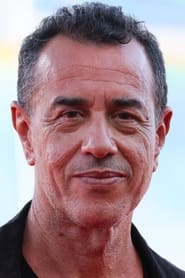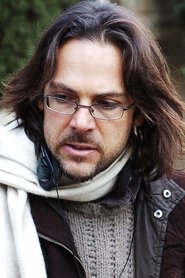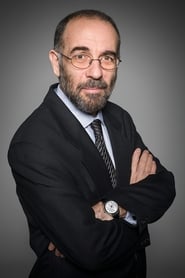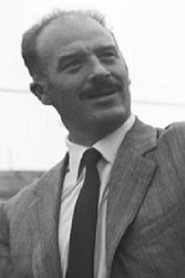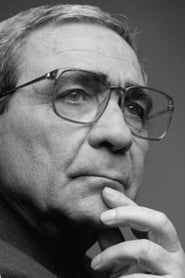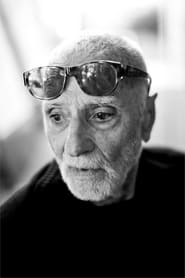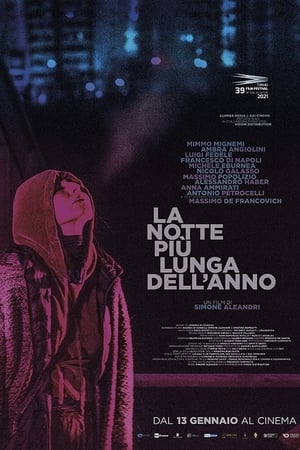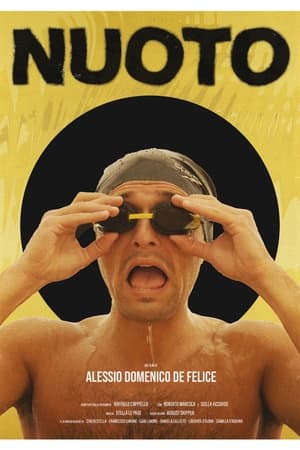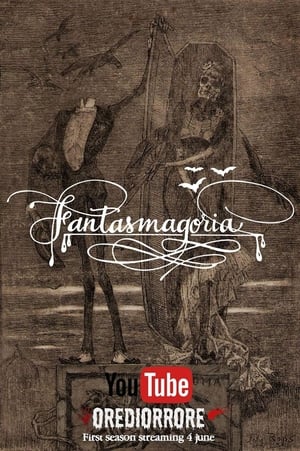

Cinema Italiano: Moments of Truth(2014)
Documentary about Italian cinema.
Movie: Cinema Italiano: Moments of Truth

Cinema Italiano: Moments of Truth
HomePage
Overview
Documentary about Italian cinema.
Release Date
2014-06-17
Average
0
Rating:
0.0 startsTagline
Genres
Languages:
ItalianoKeywords
Similar Movies
 6.5
6.5Fellinopolis(it)
Ferruccio Castronuovo was the only authorized eye, between 1976 and 1986, to film the brilliant Italian filmmaker Federico Fellini (1920-1993) in his personal and creative intimacy, to capture the gears of his great circus, his fantastic lies and his crazy inventions.
Homo Cinematographicus(fr)
Homo Cinematographicus is a human species whose unit of measurement and point of reference is the cinema and its derivative, television. Filmed at the 1998 Cannes Film Festival, the film offers an unspecified number of statements, talking about memories and a thousand fragments of stories, titles and film scenes, the warp of a gigantic collective Chanson de geste.
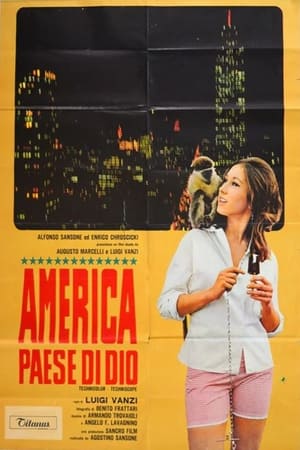 0.0
0.0So This Is God's Country?(it)
A Mondo documentary focused on the 1960's American lifestyle, consumerism, religion, adversity, and oddity. An outsider's look at a country afflicted by episodes of racism and neo -Nazism. Scenes of a Ghost Town, LSD in NYC, Sunset Strip Los Angeles California, Amish, Klu Klux Klan, African-American Fashion Show, etc.
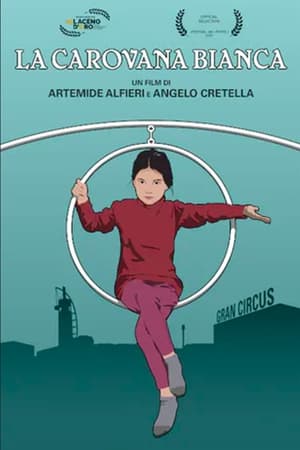 0.0
0.0The White Caravan(it)
The neon sign ‘Circus’ illuminates the wide street of Naples’ suburbs: four circus families were abandoned by the institutions, and now they’re awaiting the pandemic will disappear, like a magic show. The circus has stopped, but their lives go on.
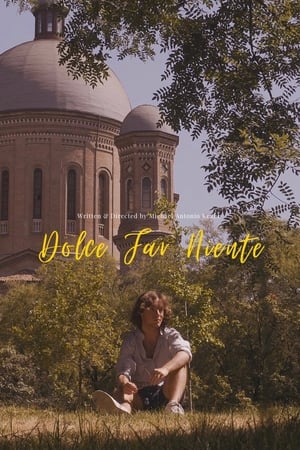 0.0
0.0Dolce Far Niente (Sweet Doing Nothing)(en)
The tale of an Irish writer who moves to Northern Italy, finding a new sense of tranquility in life after experiencing heartache.
 7.2
7.2In the Valley of the Moon(en)
In the Valley of the Moon, follows a young man working as a hitman for the Italian mob in 1977. He takes a job in Petaluma, California, posing as a potential buyer at an open house to confront the realtor who he suspects has a sinister connection to his past.
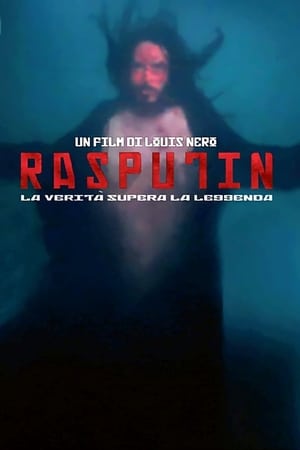 4.9
4.9Rasputin(it)
Grigorij Efimovic Rasputin (1869-1916) the mystic and self-proclaimed holy man. The saint-demon and the simple peasant. About the plot against Rasputin, hated and feared at the highest levels of government because of his surreal influence on the Tsar.
 6.5
6.5Hidden(it)
In a small town, every inhabitant lives his daily life without asking too many questions and ignoring the disappearance of some women, until one day someone will put them in front of the possibility that they could be brutal serial murders. From that moment, fear will make its way and every balance will be shaken. To reach the denied truth denied for so long, the protagonists will find themselves losing much more than one can imagine.
 6.0
6.0The Ideal City(it)
Actor turned director Luigi Lo Cascio stars as the talented architect and fervent environmentalist Michele who has moved from Palermo to his ideal city, Siena. He holds a successful job and is living out a dream experiment of functioning one year without running water or electricity. Not surprisingly, he also displays a passionate opposition to cars and driving. One evening, after being forced to borrow his boss’ car in order to collect a colleague for a work function, Michele’s life takes an unexpected turn. In the blinding rain Michele hits something he cannot identify. After leaving a note on a parked car he believes he damaged, he continues down the road only to come across a dead body a few miles down which he later discovers belongs to one of Siena’s most important luminaries. Michele immediately calls the police, but in doing so, he unwittingly brings intense suspicion on himself as his uncertainty raises more questions than he has answers for.
 0.0
0.0Mindemic(it)
A retired film director locked up in a suburban Rome apartment attempts to write a new movie, his eternal opera zero.
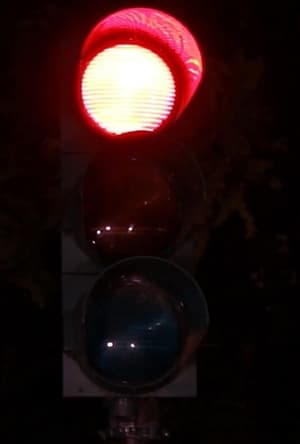 10.0
10.0Quello che resta fuori(it)
The incommunicability of today's young people through disturbing and decadent sounds.
 0.0
0.0CENTOGRADI(it)
The day of an artist who has to present one of his works is told through a continuous cinematic dispersion aimed at reproducing and making the viewer experience firsthand the mental dispersion inherent in the protagonist
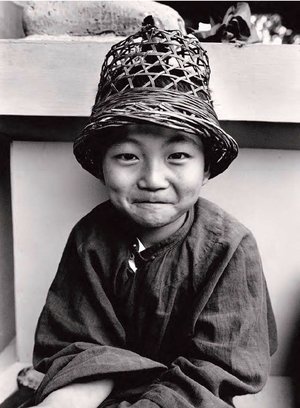 0.0
0.0The Boat-Burning Festival(zh)
Shot by Chang Chao-Tang and cinematographer Christopher Doyle, The Boat Burning Festival captures the ceremony worshipping Wangye(王爺), the local god of plague, held every three years in Sucuo Village(蘇厝) in Tainan(台南), Taiwan. Chang timed the work to "Ommadawn", a Celtic-inspired progressive rock album by Mike Oldfield. Defying genre conventions and deviating stylistically from television or ethnographic documentary, the film testifies to the tense and complex coexistence of traditional rites, local folklore, and discourses about modernisation and identity in 1970s Taiwan.
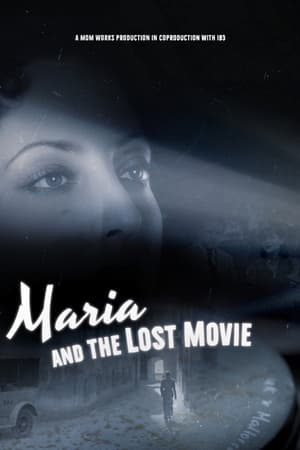 7.0
7.0Maria and the Lost Movie(ca)
The pianist Miguel Ángel Lozano embarks on a personal and artistic journey with the purpose of reconstructing the life of his grandmother, Maria Forteza (1910-60), singer and pioneer of Spanish sound films.
 6.0
6.0Architecture of Infinity(de)
How can structures, which take up defined, rigid portions of space, make us feel transcendence? How can chapels turn into places of introspection? How can walls grant boundless freedom? Driven by intense childhood impressions, director Christoph Schaub visits extraordinary churches, both ancient and futuristic, and discovers works of art that take him up to the skies and all the way down to the bottom of the ocean. With the help of architects Peter Zumthor, Peter Märkli, and Álvaro Siza Vieira, artists James Turrell and Cristina Iglesias, and drummer Sergé “Jojo” Mayer, he tries to make sense of the world and decipher our spiritual experiences using the seemingly abstract concepts of light, time, rhythm, sound, and shape. The superb cinematography turns this contemplative search into a multi-sensory experience.
 9.0
9.0The Viewing Booth(en)
Provocative in its cinematic simplicity, THE VIEWING BOOTH recounts an encounter between a filmmaker and a viewer, exploring the way meaning is attributed to non-fiction images in today's day and age.
 7.3
7.3Hasse & Tage - En kärlekshistoria(sv)
Hasse and Tage were best friends for over 30 years. Their films, shows, songs and books influenced an entire nation and were the glue that held people's home together. As a comedic duo, they united right-wing ghosts and anarchists in laughter. When Tage dies prematurely, his children lose a father, Hasse a father figure and all of Sweden a country father. And when Palme dies just months after Tage, the Swedish stable society begins to crumble. For the first time, the Alfredson and Danielsson families open up the archives and give us exclusive access to their stories, photographs and recordings.
